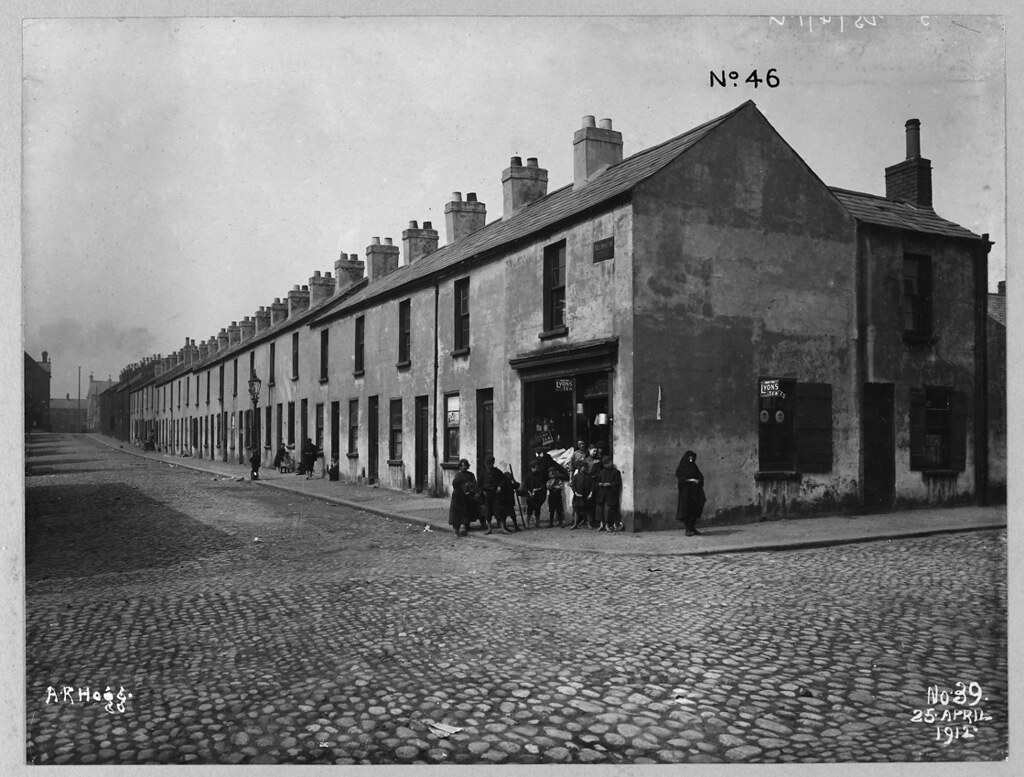(VIANEWS) – SAS AB shares have seen their value decline by 26.2% over five sessions, closing at kr0.02.
Shares of SAS AB (Oslo Bors Benchmark Index: SASNO.OL) have experienced an abrupt 26.2% fall over five trading sessions, falling from kr0.03 to kr0.02 by 14:45 EST on Tuesday – following two straight days of gains on the Oslo Bors Benchmark Index_GI, which increased by 0.06% and reached 1,278,98.
SAS AB’s closing price of kr0.02 represents a dramatic 95.71% decline from its 52-week high of kr0.48. SAS’ performance over recent sessions has caused investors to fret, leading to an exponentially decreasing share value. Only time will tell if the company can rebound from this recent dip or experience further setbacks in near future.
About SAS AB
SAS AB (publ) is a Nordic airline established in 1946 that offers passenger flight transportation on both regional and international routes, air cargo services, in-flight sales, ground handling, technical maintenance services and travel-related loyalty programs. Based in Stockholm, Sweden the company filed for Chapter 11 bankruptcy protection on July 5, 2022 before operating 134 aircraft including 16 long-haulers, 87 short-haulers, 31 regional aircraft.
Yearly Analysis
However, they also know the power of hard work! In recent months alone, over 1,000 jobs have been advertised through LinkedIn – all while many more will follow! So let’s not lose focus here and focus on our goals, rather than focussing solely on getting there first! At 14:49 EST on November 5, SAS AB’s stock was valued at kr0.02, slightly under its 52-week low of kr0.02 but above its annualized top and bottom values of kr0.10 for 2018. Earnings Before Interest, Taxes, Depreciation and Amortization for SAS AB totalled 14.18 as of November 5th 2018.Key Financial RatiosMarket Capitalization: UnavailablePE Ratio: UnavailablePB Ratio: UnknownInvestment Outlook For some investors this could pose potential concerns regarding future performance for their investment portfolios if this stock trades beneath its 52 week low levels which could signal potential issues of underperformance; some concerns include; with some investors viewing current stock being traded close to its 52 week low point as an indication that may lead down its path of underperformance versus its potential future performance being more apparent. Before making an investment decision, potential investors should carefully evaluate a company’s financial ratios and EBITDA. A positive EBITDA indicates that it is making profits through operations. However, other key financial ratios such as market capitalization, PE ratio and PB ratio are currently not available. Therefore, potential investors may wish to wait for additional financial information before making their investment decision. SAS AB’s stock is trading near its 52-week low price; potential investors should study its financial ratios and EBITDA before making their final call on how best to invest. Although investors may feel confident relying on available financial data such as market capitalization and PE ratio, lack of these two key metrics may pose a problem for some of them and delay making an investment decision until additional financial information becomes available.
Technical Analysis
SAS AB’s stock has experienced an ongoing downward trend, currently trading below both its 50-day and 200-day moving averages. According to these measures, their price has seen a general decrease; currently standing 26.79% below their average volume of 15973500 shares.
SAS AB has experienced negative fluctuations in terms of volatility over the last week, month and quarter – its highest amplitude of average volatility was 7.56% during week 1, 4.70% during month 1 and 4.81% during quarter 3 (per SAS’ website).
The stochastic oscillator, an indicator of overbought and oversold conditions, indicates that SAS AB’s stock is currently overbought (>=80), which suggests a potential pullback or correction may occur soon.
Conclusion: SAS AB’s stock is currently experiencing a downward trend, falling below its moving averages and becoming overbought. Investors should monitor its movements closely and consider taking profits or employing stop-loss strategies in order to protect themselves against possible losses.
Quarter Analysis
Revenue Growth
The company experienced year-on-year quarterly revenue growth of 12.8% for twelve trailing months totalling 42.04B in total revenue.
Equity Analysis
Earnings per share (EPS) is a financial metric used to assess how much profit each outstanding share of stock brings a company. It is calculated by dividing net income by total outstanding shares of stock held.
SAS AB’s trailing 12-month EPS stands at kr-0.69, which indicates that they earned a net loss for every outstanding share they sold over the course of 12 months.
Investors value earnings per share (EPS) as it offers insight into a company’s profitability and can be used to compare the performance of different firms within an industry. A higher EPS indicates significant profits being generated while lower figures could suggest that they’re struggling.
Note, however, that earnings per share alone shouldn’t be the sole criterion used when making investment decisions. Investors should also carefully evaluate other aspects of a company such as its revenue growth, cash flow position and debt levels before making their final investment decisions.
More news about SAS AB (SASNO.OL).





